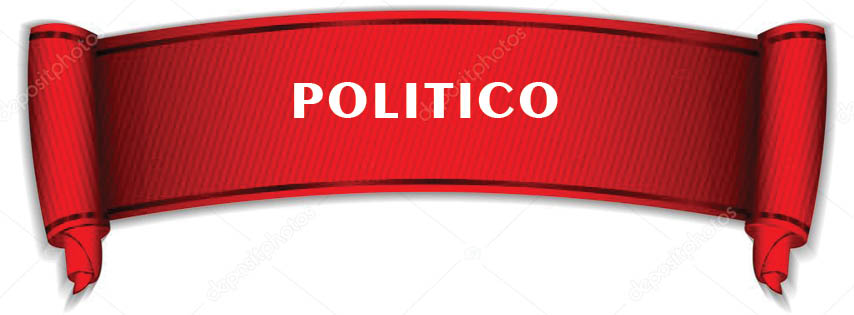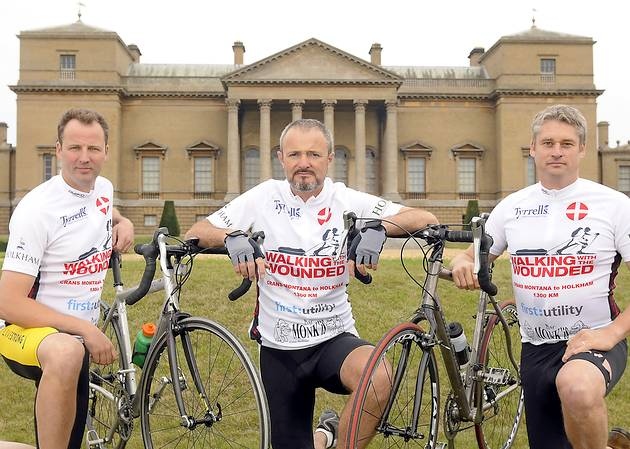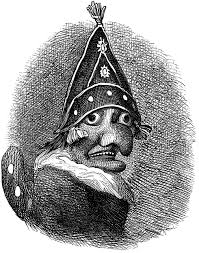
The Aristocrats
Aristorats have ruled & reigned since Medieval times. Contributor MATTHEW FLACKS chats with the 8th Earl of Leicester about cycling into modernity.

The 8th Earl of Leicester at Holkham Hall
In the hierarchal world of aristocratic titles, most are left to wonder what distinguishes an Earl from a Duke or Prince? One answer at least is certain: ‘Death and Taxes.’ It is the right of the first-born son to inherit his father’s land and estate upon his death, and, along with a courtesy title, ensure that each heir in an unbroken line of succession can pay a dutiful tax to the crown. How precisely the past 8 Earls of Leicester have done so is as peculiar as it is innovate and remarkable.
The organization was originally born to a bygone era called Feudalism: a military custom built around the occupation of land in exchange for service, labour and protection. The principle distance between an aristocratic prince and peasant was that the former owned and occupied the land, while the latter toiled in exchange for protection. Indeed, Manorialism was the first organizing principle of the rural economy.
The Feudal System was replaced by the rise of a working middle class in the 19th century, and sustained by a currency based market economy. The Great Industrial Revolution created wealth, prosperity and most importantly freedom for the peasantry, but landed gentry continued to be culpable to death duties and taxes that were no longer subsidized by the people. Costly maintenance saw many convert into National Trusts, and over 1,200 stately homes have been demolished to date. The House of Lords Act of 1999 further separated peers from their hereditary privileges to sit in parliament, and the aristocracy’s cultural, economic and political relevancy was called into question by the Modern Era. Those that remain have had to adapt, and to see how these Super Houses are getting on today I recently spoke with the 8th Earl of Leicester, Thomas Coke.
Situated on the white sand beaches of Norfolk, Holkham Hall is the countryseat to the Leicesters, and this Italian Villa presides on the North Sea coast like the prow of the magnificent English Renaissance. It is one of the finest examples of Palladian Revival style architecture on the British Isles, and the house conceived by the 1st Earl of Leicester, Thomas Coke, in collaboration with Lord Burlington and William Kent, could easily be the setting for a counsel of mythological gods. Indeed, Whigs like Thomas Coke sought to identify with the Romans of Antiquity, and Italian architects like Andrea Palladio’s “The Four Books of Architecture” were setting the veritable standard for architectural design in the western world. Its first English language edition was printed in London in 1720 after which the foundations of Holkham Hall were laid in 1734.
Whether diplomats, members of parliament or statesmen, these Earls of Leicester in all their creations (there are 8 to be exact) sit quite near the top of the aristocratic food chain, and each and all have made a remarkable contribution to society. The aforementioned Thomas Coke, (Fifth Creation) brought Classical Architecture to Britain by establishing what would later be called ‘Georgian’ architecture on the English countryside. His descendant Thomas Coke (Seventh Creation) was also a Whig Member of Parliament for Norfolk, but feted as a progressive agriculturalist and proponent of the Great Reform Bill. In fact, he was the first MP to advocate for independence of the United States when he said of the Revolutionary War “Peace and Reconciliation with America is the only option.” Albeit to the peril of his relationship with King George III, Coke’s policies, famous petitions, and political ethos collectively shaped and pointed Georgian England toward its future with democracy.
These Earl’s of Leicester —in all 7 of their creations — have in some form or fashion been courtiers to the Kings and Queens of England. None more so than Sir Robert Dudley: who not only refused the hand of Mary, Queen of Scots, but also was instrumental in her execution thus becoming a privy counselor, consort, and the infamous paramour to Queen Elizabeth I of England. While the Act of Supremacy of 1558 named Elizabeth I the Supreme Governor of the Church of England, her people’s religious loyalties were split between Protestantism and Rome. A patron for the Puritan Movement, Dudley mediated between non-conforming preachers and Catholic bishops. Considered a ‘Master Courtier,’ he was the principle Patron to Elizabethan Arts, and helped to shift public messages solely away from religious pulpits and onto the Shakespearean stage. Indeed, through the plays, sonnets and poems of William Shakespeare, considered the greatest writer of the English world, ideas about conflict, appearance and reality, order, disorder and change were brought directly to the people. While many of his letters are scattered among private collections, this Earl of Leicester (Third Creation) is considered by historians to be a central figure of England’s Golden Age.
While each of the Earldom’s was comprised of a separate and distinct family, I wondered how the present Thomas Coke — the 8th Earl of Leicester — combines a 12th century peerage with a modern working estate? Pinch-hitting for his father who'd been in retirement since 2007, Viscount Coke was the ringmaster at Holkham Hall long before his accession which included 200 permanent employees on 25,000 acres with an opulent Super House at its centre. “Maintenance can cost hundreds of thousands of pounds per annum,” says Lord Coke, “and a profitable business must be sustained.” Over 20,000 acres of farmland, the Pinewood’s Holiday Park, even a hotel called “The Victoria Inn” add to the coffers. More than 55,000 tourists visited the estate last year (the highest annual attendance to date), and even more are expected in 2014. Art connoisseurs are drawn to a vast art collection featuring Rubens, Van Dyck and Gainsborough, while music enthusiasts come on account of Elton John and Status Quo. Even movie aficionados are drawn to this setting where films such as The Duchess and Shakespeare in Love blew even Hollywood away. However, being a custodian to a country house is not merely about duty anymore, but, rather like the Royal Family has shown, about the entertainment value of monarchy and aristocratic lifestyles.
No longer the financial center of their communities, Super Houses are still an organizing principle for rural economies and have found relevancy in a modern world. Whether a companion to William the Conqueror during the Norman Conquest or a consort and confidante to a Queen, these Lords of the Manor have converted a medieval institution into a modern enterprise. Indeed, this silent elite continue as they have done for centuries, though I was particularly struck by Thomas Coke’s recent 800-mile grueling bicycle ride for Walking with the Wounded: a charity that retrains injured soldiers to find new career paths. Despite the obvious tax benefit, progressives beware that gallantry is alive and well at castle gates.






